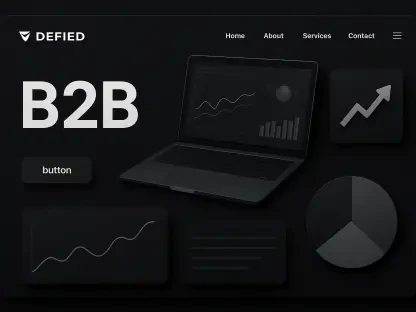Google is entering a new phase with its content suitability controls for YouTube and Display Network ads. From September 2024, the tech giant will implement significant changes aimed at streamlining and simplifying brand suitability options for advertisers. The essence of these changes includes the elimination of several content label exclusions—such as DL-G, DL-PG, DL-T, DL-MA, and “not yet labeled”—for YouTube ads, while keeping these exclusions available for Display ads. Additionally, options like “Embedded YouTube videos,” “Live streaming,” and “Families” will move to account-level exclusivity, impacting how advertisers can target their campaigns. Despite these shifts, Google will maintain a broad array of topic-based exclusions at both the campaign and ad group levels.These updates are designed to simplify Google’s extensive suitability controls while maintaining the essential flexibility that advertisers rely on. This is crucial for enhancing brand safety and optimizing ad spend. Importantly, existing campaign settings will not be affected unless advertisers make adjustments proactively before the changes roll out. By consolidating these exclusions, Google aims to create a streamlined, yet highly effective, approach to content control. This ensures that the core ad policies against violative content are upheld, while also enhancing the usability and efficiency of the advertising platform. As these changes loom closer, advertisers should be prepared to adjust their strategies to align with the new system.
Simplifying Suitability Controls
The impending changes signify Google’s commitment to making its ad suitability controls simpler and more intuitive. By removing several content label exclusions for YouTube ads, Google aims to reduce the complexity that advertisers currently face. Previously, navigating through a myriad of exclusions presented a cumbersome challenge for many advertisers. This bureaucratic setup often led to inefficiencies in ad placements and missed opportunities to reach target audiences. By retaining these exclusions only for Display Network ads, Google is narrowing the focus for YouTube ads, which could potentially streamline the execution of advertising strategies.However, this raises pertinent questions about how advertisers will adapt to these streamlined controls and whether the new system will offer the same degree of customization and protection as the existing one. The nuances of advertising require robust targeting options to cater to the diverse strategic needs of advertisers. Google’s new approach seems intended to balance this need by allowing topic-based exclusions at both the campaign and ad group levels. This measure ensures that while the overall system is simplified, advertisers still retain the ability to target their desired demographics effectively without compromising on brand safety.
Implications for Advertisers
For advertisers, the transition means a thorough review of current content controls and potential adjustments to account-level suitability settings. The restructuring offers an opportunity to re-evaluate current strategies and ensure they align with the revamped system. One of the immediate consequences of this overhaul will be the need to monitor ad performance closely during the transition period. Advertisers will have to gauge how these changes impact their reach, engagement, and overall effectiveness. Understanding the nuances of the new exclusions will be crucial in maintaining or improving campaign performance.Moreover, the reduction of certain content labels in YouTube ads will compel advertisers to explore new avenues for ensuring their brand safety. This may involve leveraging the retained topic-based exclusions more effectively and creatively. As a result, marketers might need to revisit their keyword strategies, audience targeting, and even the types of content they choose to associate their brand with. Ultimately, while the overhaul aims to simplify the advertiser’s journey, it does necessitate a period of learning and adaptation, urging advertisers to remain vigilant and proactive.
Balancing Simplicity with Flexibility
Google is entering a transformative phase with its content suitability controls for YouTube and Display Network ads. Starting in September 2024, the tech powerhouse will roll out significant changes aimed at making brand suitability options more streamlined and straightforward for advertisers. These changes will involve the elimination of several content label exclusions—such as DL-G, DL-PG, DL-T, DL-MA, and “not yet labeled”—specifically for YouTube ads, while these exclusions will remain for Display ads. Furthermore, Google will shift options like “Embedded YouTube videos,” “Live streaming,” and “Families” to account-level exclusivity, altering how advertisers can fine-tune their targeting.The primary goal of these updates is to simplify Google’s extensive suitability controls while ensuring advertisers retain essential flexibility. This is crucial for bolstering brand safety and maximizing the effectiveness of ad expenditure. Notably, existing campaign settings won’t be affected unless advertisers opt to make changes ahead of the new rollout. By consolidating these exclusions, Google seeks to offer a streamlined, yet powerful, approach to content control. This approach aims to maintain core ad policies against harmful content while enhancing the platform’s usability and efficiency. Advertisers should prepare to adjust strategies to align with the upcoming system.









